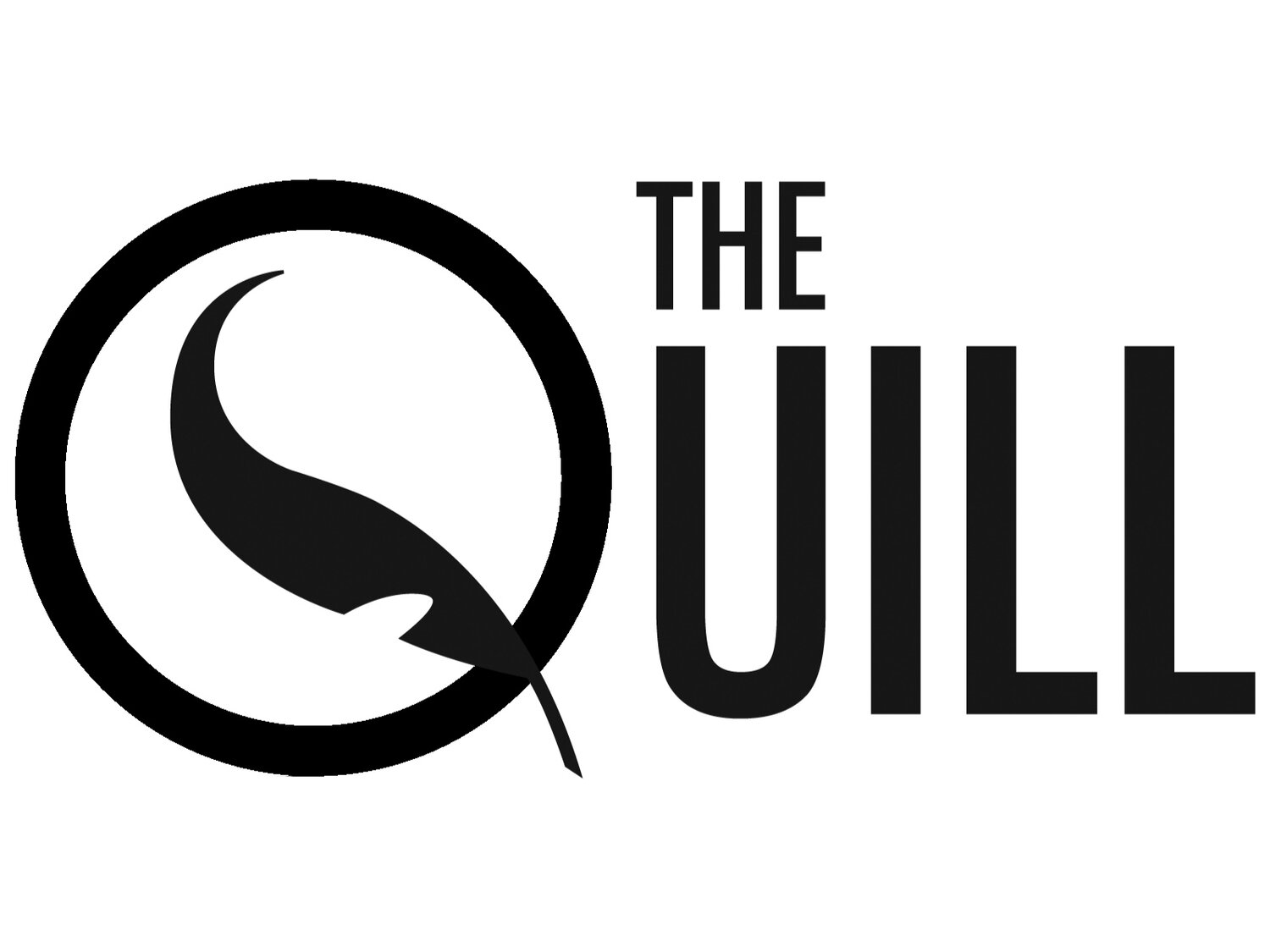By Lily Hodgson, Editor-in-Chief
It’s happened to all of us - scrolling on TikTok or Instagram, you come across a photo or video that just looks a little off. That is, if you even notice.
It used to be that only our grandparents got tricked into sharing AI-generated pictures on their Facebook, and it was easy to laugh it off as a silly senior experience. But as Artificial Intelligence gets more skilled at replicating the real world, many of us younger people are starting to find ourselves fooled from time to time as well. A common example is animal videos that are just a little too cute to be true,
Technically, Meta and TikTok require AI content to be tagged as AI. But as of right now, they don’t have much ability to enforce this rule - even for these giant technology overlords, it can be impossible to discern the real from the computer-generated. The easy access to programs like Sora 2 and ChatGPT allow anyone to create and share false images and videos. These AI-generated posts may receive thousands or even millions of shares, likes, and comments.
According to Forbes, it is estimated that “roughly 57% of all web-based text has been AI generated or translated through an AI algorithm”. And, according to one AI expert, “90% of all internet content is likely to be AI-generated sometime in 2025”. However, it is basically impossible to gather accurate statistics, since the amount of AI content online continues to skyrocket - and it also keeps getting harder and harder to distinguish, even for researchers.
But that doesn’t mean there are no ways to decipher whether a photo or video is real or AI (for now, until Artificial Intelligence technology advances to the point of indistinguishability). In this article, I will give five tips for spotting Artificially-Generated content, as of 2025.
1) Look at the small details. We’ve all seen AI images where people have the wrong number of fingers, or text is gibberish. While AI technology is continuously improving, it often still struggles with specific details. Look closely at hands, limbs, text, lines, shadows, reflections, and proportions.
2) Look for things that don’t make sense. Similarly to the first point, AI struggles to understand natural behaviours and things like physics. You might notice figures performing actions in unnatural ways, solid objects passing through one another or morphing, objects where they don’t belong (like pens in a cup of coffee), or gravity acting a little funky. If the bunny jumping on a trampoline seems to phase through the trampoline, it probably isn’t a real video, no matter how cute it may be.
3) If it seems too good to be true, it probably isn’t true. AI content often has an “airbrushed” appearance, smoothing over any sort of texture or detail. It often also has a vague, fantastical background that doesn’t resemble any real-life setting. Real faces are asymmetrical, textured, and imperfect - AI tends to generate eerily perfect, conventionally-attractive type people.
4) Trust your gut. The uncanny-valley response exists for a reason. Humans have evolved to notice when things aren’t quite right. If something feels “off”, it probably is. Especially when it comes to people and faces.
5) Reverse image search. When in doubt, use a reverse search engine to see where the photo or video originated from. If it doesn’t come from a trusted source, it is far more likely to be AI-generated.
(Sources: Tor Constantino (Forbes): “Is AI quietly killing itself – and the Internet?”; BBC: “How to spot AI images on social media”; Gareth Shellwell (caniphish.com): “9 Techniques To Spot AI-Generated Videos”)
